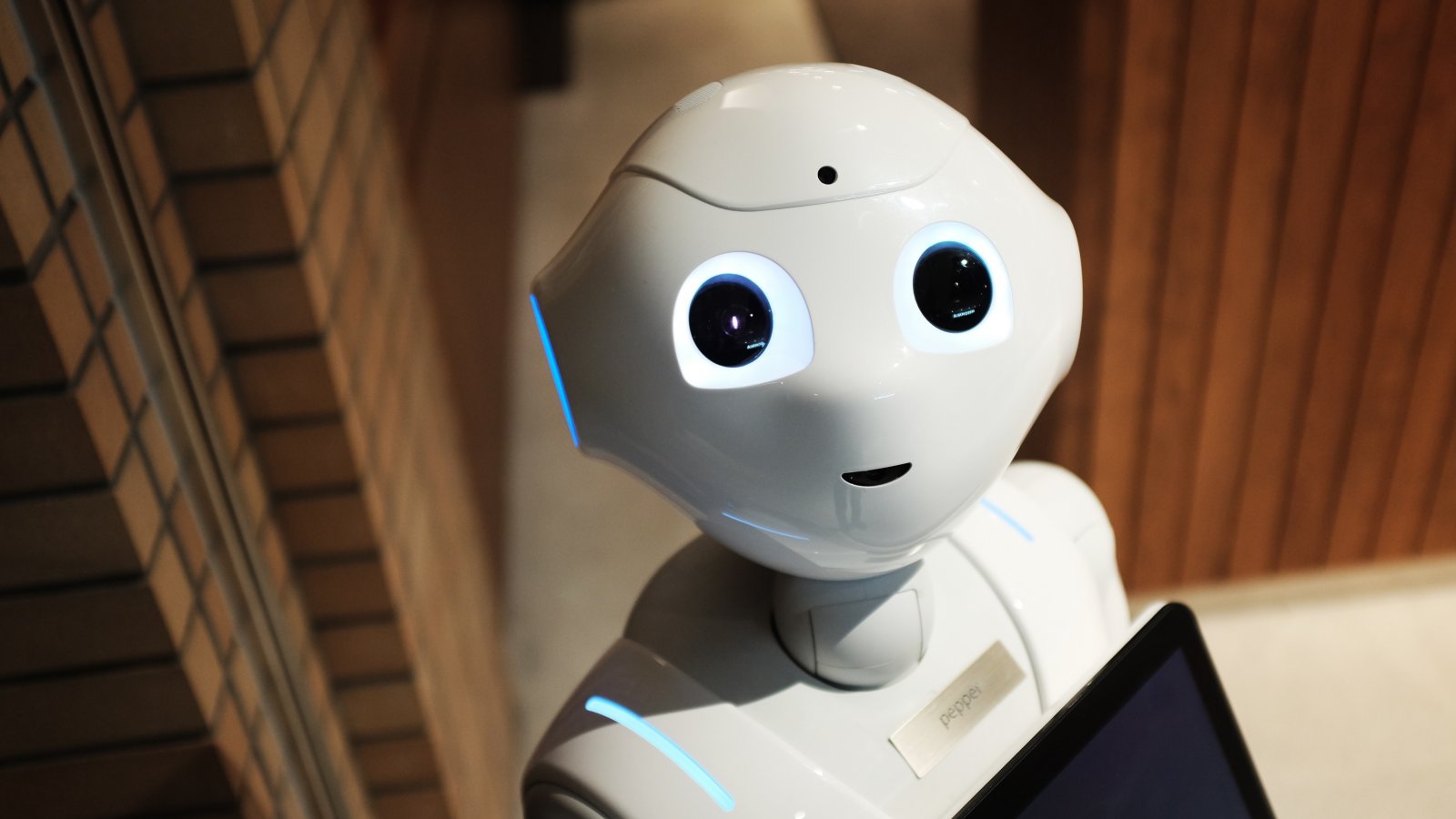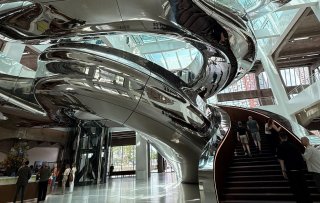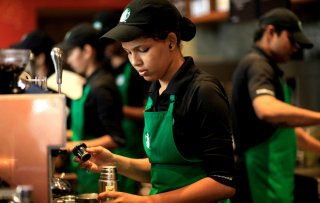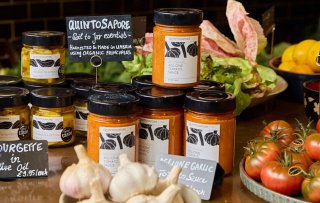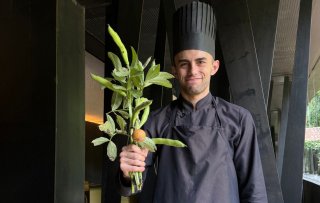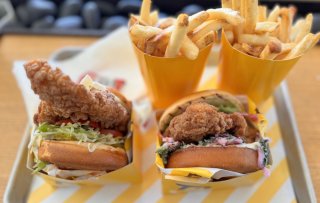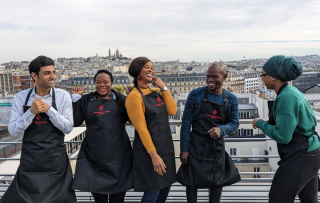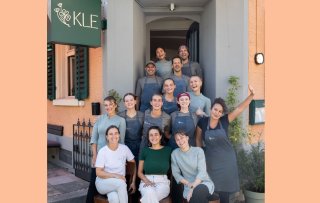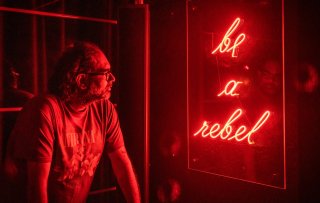Why robots won’t take your job, and how A.I. makes the food industry better at solving problems.
Whenever the subject of artificial intelligence or machine learning is broached, it’s not long before conversation turns towards automation. ‘Will robots take my job?’ is a pressing and increasingly real question on many people's minds. But while it’s true that the food industry is filled with tasks that could very well be done by automated machinery, the truly revolutionary A.I. applications are about people. They augment instead of automate.
If a human can’t do it, neither can a machine
One of the fundamental truths about artificial intelligence, machine learning, and the all-encompassing algorithms is that it’s only as good as the data it is given. This type of technology thrives on good data, but is rendered ultimately useless without it. Simply put: if a human can’t do it, neither can a machine. This crucial interplay between man and machine is something that is often overlooked, but nevertheless vital to understand. We control what machines learn, and as a result we have the power to make A.I. about people.
Addressing a real human need
A.I., then, is about helping people. About addressing real needs and real problems in the areas A.I. excels at. These are three questions that show the strengths of artificial intelligence applications:
-
What is this?
-
Are these the same or different?
-
What happens next?
The first two questions have immediate and far-reaching implications for the food space. In the area of food waste, for example. using image recognition (what’s this?) and quick-fire categorization (are these the same?) is by far the most effective solution for measuring and mapping the sheer scale of the problem. A.I. can be used to determine where along the food chain waste happens, which products are the most vulnerable to waste, and how much food gets wasted. It’s a way of making sense of the images and numbers, and the data then gets passed back to humans, who are able to determine the best course of action to prevent the most amount of food waste. The algorithms augment human ability by helping us understand.
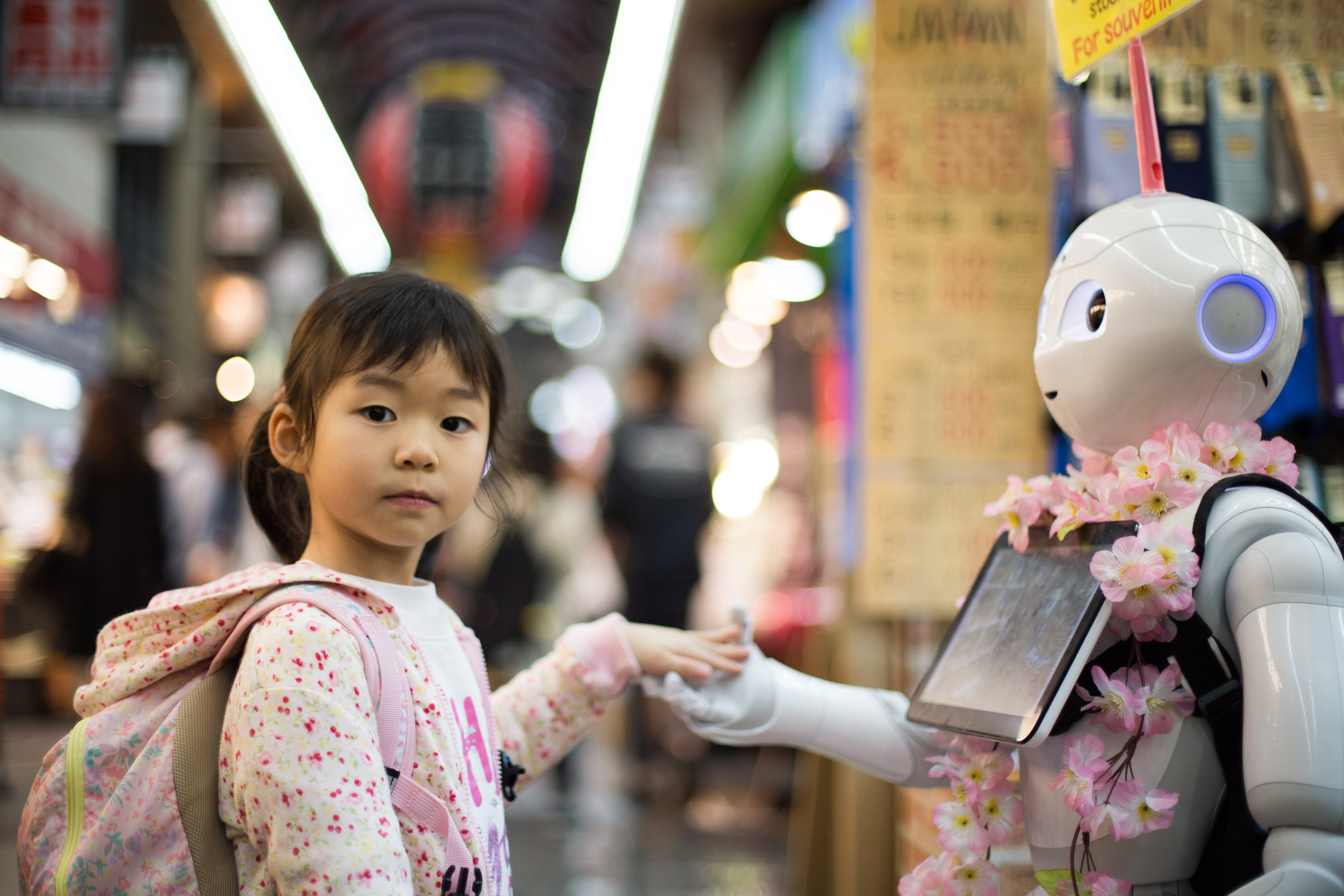
Fighting crop disease one seedling at a time
The agricultural sector, too, gets a great deal of mileage out of answers to these three questions. Fighting crop disease is a good example here. By feeding the machine with images portraying the visual symptoms of disease (what is this?), the A.I. can quickly determine whether or not a plant is diseased (are these the same?). Because it can virtually instantly determine this, it is feasible for farmers to select and remove individual blighted crops, thereby preserving most of the hale harvest.
Take a self-driving car to the burgerbot
The last question (what’s next?) is rather more complicated. Examples from outside the food industry are easier to find. Predictive power forms the core of self-driving cars, for example. Cutting edge video and photo editing programs also use it to enhance images or fill in blank spaces based. Within the food space, the most interesting example of predictive power, and A.I. in general is the newly minted Creator hamburger machine in San Francisco.
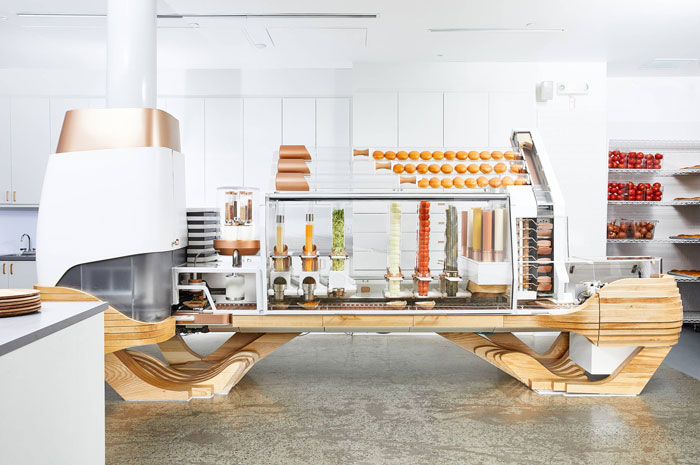
Photo by Aubrie Pick
The benefits of automation
Creator (formerly known as momentum machines) is the result of nine years of development. It is a fully automated hamburger machine able to churn out 400 custom made hamburgers an hour without any human interaction. This is the dreaded robot come to take our jobs, then. Yet in many ways Creator is a shining example of augmentation, too. A nearly 15 foot contraption made up of 350 sensors, 50 actuators, and 20 computers, Creator uses the predictive power of A.I. to create perfect burgers, customizable to a degree that humans cannot accomplish. How much ketchup do you want on your burger, in milliliters please? How long would you like it cooked, down to the second or less?
Better ingredients and better jobs
By automating the food preparation process Creator is able to do two revolutionary things. The first is that it can source top quality ingredients while maintaining a very accessible price point ($6 per burger). The beef for the burger only gets ground once an order is placed. The vegetables are organic and locally grown. The sauces are homemade fresh every day. In any other restaurant the price would easily be double what Creator is asking. Making high quality, sustainable food available to a wider audience is certainly a good thing.
The second thing Creator does is it doesn’t replace staff, but rather allows them to focus on hospitality, interaction, and personal growth. The machine allows for people to do what people do best, instead of flipping burgers the staff is able to provide guests with a memorable hospitality experience. The staff is paid $16 an hour and given 5% of their time to work on their personal long term goals.
The robot didn’t take their job, it made their job better.
A tool like any other
Artificial Intelligence isn’t a looming presence threatening to disrupt the economy and put people out of jobs. It’s a tool like any other. A tool we control and direct as we see fit. Making A.I. about people is about applying the tool to problems that address a real human need. The machine can’t think for itself. They’re only as good as the people behind it. As long as we use it right, A.I. can make our lives better. It’s not up to the machine. It’s up to us.
 Written by
Written by 